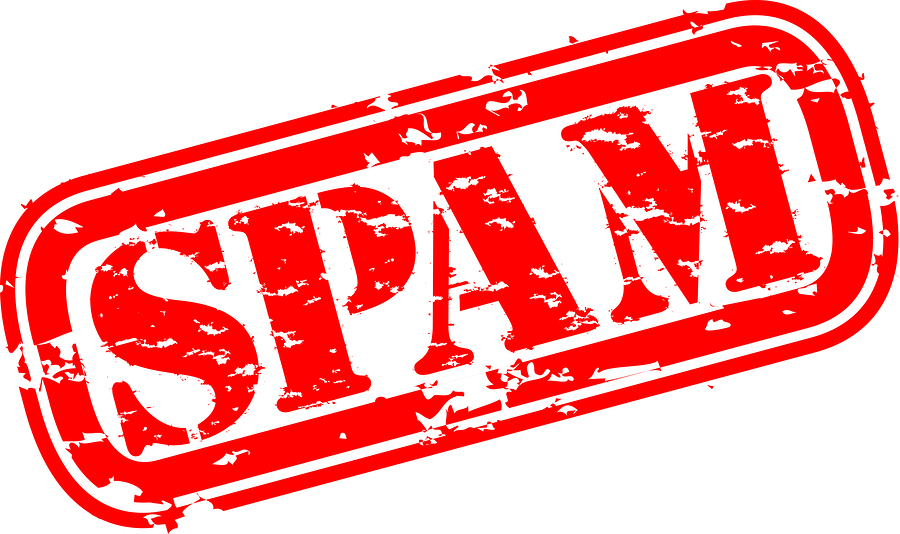-
Trust and Credibility:
- Positive Impact: The "Spam Likely" label can enhance trust and credibility for individuals who rely on it to screen unwanted or potentially fraudulent calls. It helps users avoid answering calls that may pose security risks or attempt scams.
- Negative Impact: Legitimate businesses may face challenges as their calls might be incorrectly flagged as "Spam Likely," leading to reduced trust and engagement from recipients.
-
User Behavior:
- Positive Impact: Users are more likely to engage with calls they perceive as safe and relevant. The "Spam Likely" label helps users avoid unnecessary interruptions and potentially harmful interactions.
- Negative Impact: Legitimate callers, such as businesses, may see decreased engagement rates if their calls are consistently labeled as spam. This can result in missed opportunities for communication.
-
Effectiveness of Communication:
- Positive Impact: The "Spam Likely" label can improve the overall effectiveness of communication by reducing the number of unwanted or irrelevant calls that users have to sift through.
- Negative Impact: If important calls from trusted sources are consistently labeled as spam, there may be a loss of important communication, leading to missed opportunities or delayed responses.
-
Regulatory Compliance:
- Positive Impact: "Spam Likely" labels align with efforts to combat robocalls, scams, and unwanted telemarketing, contributing to regulatory compliance and protecting consumers.
- Negative Impact: False positives may result in compliance challenges for legitimate businesses, and they may need to adapt their communication strategies to minimize the risk of being flagged incorrectly.
-
Adaptation Strategies:
- Positive Impact: Businesses that adapt to the changing landscape by employing authentication measures, providing clear caller information, and encouraging user feedback can mitigate the impact of "Spam Likely" labels.
- Negative Impact: Businesses that fail to adapt may experience reduced call engagement rates, customer frustration, and damage to their reputation.
-
Technology and AI Solutions:
- Positive Impact: Continued advancements in call filtering technology, AI algorithms, and collaborative efforts across telecom providers can enhance the accuracy of spam detection, reducing false positives.
- Negative Impact: Dependence on automated systems may still result in occasional mislabeling, requiring ongoing improvements and refinements in spam detection algorithms.
In summary, while "Spam Likely" labels play a crucial role in protecting users from unwanted calls and scams, they can also pose challenges for legitimate businesses. Balancing the need for consumer protection with the avoidance of false positives is essential for optimizing call engagement rates and maintaining effective communication. Businesses should stay informed about evolving technologies and best practices to navigate the impact of "Spam Likely" labels on their call engagement strategies.

